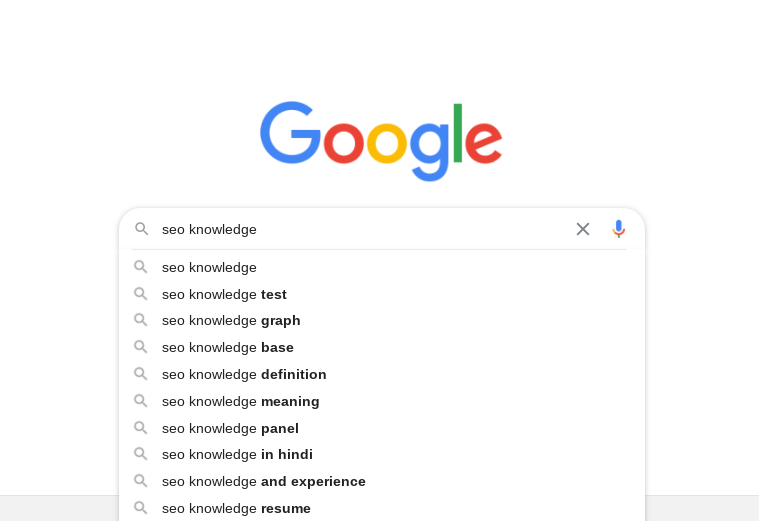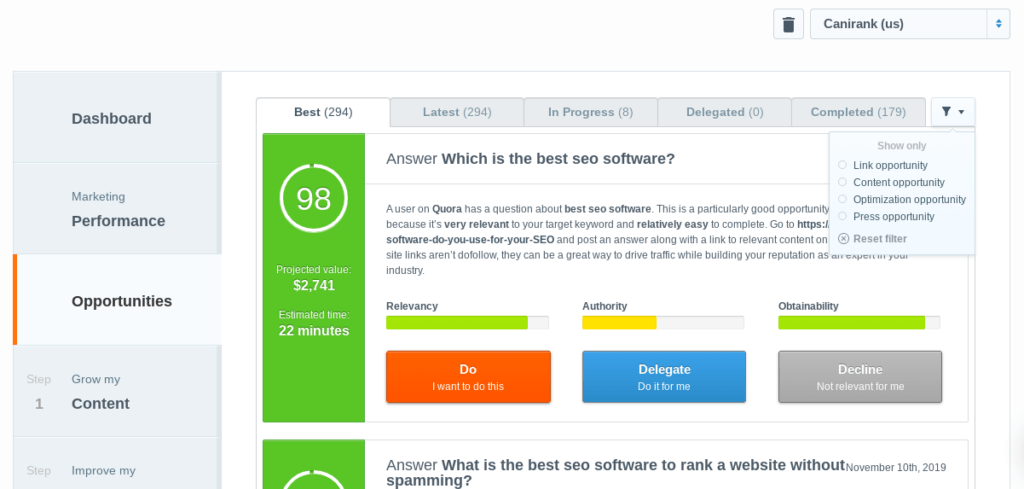Angie is in charge of developing new content for her employer. She’s new on the job and wants to come up with something unique; something timely that will set her work apart from the content that’s been previously posted on her employer’s blog. But that’s the problem: her employer has so much content on their existing blog that Angie, and many content specialists like her, don’t know where to begin. She wants to come up with something new and fresh, and she doesn’t want to write duplicate content.
Angie’s situation is not unique. Oftentimes, as content specialists, when we dive into a new blog, we’re eager to get started on what are usually popular topics. We get stuck in a cycle of “How to…” and “What are…” posts because that’s what we’re used to seeing. They might have performed well for you when you first got into the industry, but now they’re a hard sell. You need to find new topics fast, but more importantly, you need to find topics that access your demographic and provide new insights to a tired results page.
This is where content gap analysis and keyword research comes into play.
What’s in a Content Gap Analysis?
Conventionally, when looking for content to cover for a blog, it’s normal to head to Google and see what your competitors are writing about. If you’re an SEO blog, there’s a high chance you haven’t covered everything there is to know about SEO. Topics change all the time, and new trends bring in new ideas and questions your customers and clients may be having.
Oftentimes, in order to find out what your competitors are covering, you can spend hours upon hours scouring their blogs or social media pages. This method is tried-and-true; it allows you to stay up-to-date on competitors while also getting a good lay of the land in terms of possible new content.
However, is this really the most-effective method?
You’re a busy marketer; you don’t have all the hours in a day to find content ideas manually, nor do you know off-hand your probability of ranking for a topic. This is where intuitive keyword research tools like CanIRank’s Opportunities tool comes in. Using AI, it brings key content ideas, specific to your business, that you haven’t covered – straight to your dashboard.
This is where keyword research becomes important. When conducting initial keyword research for a content gap, it’s important to ask yourself the FBD question: is my content First, Better, or Different than anything currently out there? Not all content will cover all three categories, but it’s important to keep these questions at the top of your mind at the ideation phase. Even while looking through competitor sites, the idea isn’t to just glean new knowledge; it’s to get ideas on how you can translate those topics into your blog, and find a way to tell the story in a new fashion.
Which method suits you best? Let’s take a closer look at how to identify content gaps manually and intuitively with CanIRank’s DIY SEO tool.
How to Identify a Content Gap Manually
When trying to figure out what content you should create for a brand, the manual method may be your first choice. There are two ways you can approach this:

Firstly, many content specialists begin by searching their blog to take stock of content that’s already been covered. If you want to go in-depth, try heading into Analytics and find your best performing blogs. This will give you an ideal topic starting point and a keyword group to pursue.
Search your top 3 competitors’ blogs, pulling ideas from the first few pages or the last few pages. Based on what you’ve uncovered from this research, you can get a solid idea of what content your competitors are covering that you haven’t addressed yet. Open up a document and start writing!

Secondly, Google will provide a relatively painless path towards identifying content gaps. If you’ve done your keyword research and you already know what topics you’d like to work within, do a search of your industry’s top keyword. From the results, you’ll be able to pull some ideas based on what’s trending and current in your industry.

Pros: Searching up competitor blogs can give you a good grasp on what the competition is doing, so you’re prepared to pivot if necessary. It’s also the easiest way to stay on top of trends in your industry.
Cons: These methods are very time-consuming. Spending hours searching for one or two good topics may not provide the best ROI, and might make you discouraged in the long run. With this method, you have to search for all the data on your own and may not get everything necessary to make a decision about which content piece you should tackle. Above all, what idea works for one source is not guaranteed to work for you. Blogs have different voices and can cover topics in diverse ways, but that doesn’t mean every topic will translate well.
How to Identify a Content Gap with Keyword Research
When efficiency is key but content gaps are still an issue to overcome, an intuitive keyword research tool, such as CanIRank’s Opportunities feed, is ideal. This tool uses hundreds of data points to collect information on your industry’s top performing keywords, including those competitors are targeting. You get all these updates on one feed, dramatically cutting down your search time.
With the Opportunities feed, you can maximize the time you spend producing quality content that ranks well and positions you as a thought leader. Here’s how you can use the Opportunities feed to get the results you want.

1. Log in to your CanIRank dashboard.

2. Click on Opportunities to see all the related opportunities you can pursue. The main feed is comprised of link, content, optimization, and press opportunities, so regardless of your aim, it’s great to look through and see how you can improve your organic SEO efforts.

3. Sort through opportunities by only viewing content opportunities. These will present new topic ideas based on qualitative and quantitative research. Learn what keywords to target, its search volume, and how much a keyword is worth with the click of a button. It’s important to note that each opportunity has the option for you to do it yourself, delegate it to an experienced consultant, or decline it if you feel it isn’t for you.

4. Ready to write? Select a content opportunity and start filling those gaps!
Pros: This method is faster and much more accurate than the manual method. Intuitive tools like CanIRank do all the research for you, finding opportunities using key data points to hone your focus. This saves you time for other tasks and executing opportunities.
Cons: It may take awhile for the feed to load new content opportunities, in which case we suggest browsing other opportunities in the feed for ways you can positively affect your SEO without waiting.
Prioritize Keyword Research
Identifying content gaps doesn’t have to be the one thing that denies you a solid content strategy. A great SEO strategy can incorporate supporting content that ranks for important keywords, and CanIRank’s Opportunities feed can help you build it. CanIRank’s SEO team understands that time is of the essence, so we’re offering a free trial to get you started researching and choosing which content ideas you want to pursue next. Check it out today.







[…] How to Identify a Content Gap with Keyword Research – Louisa Atto […]